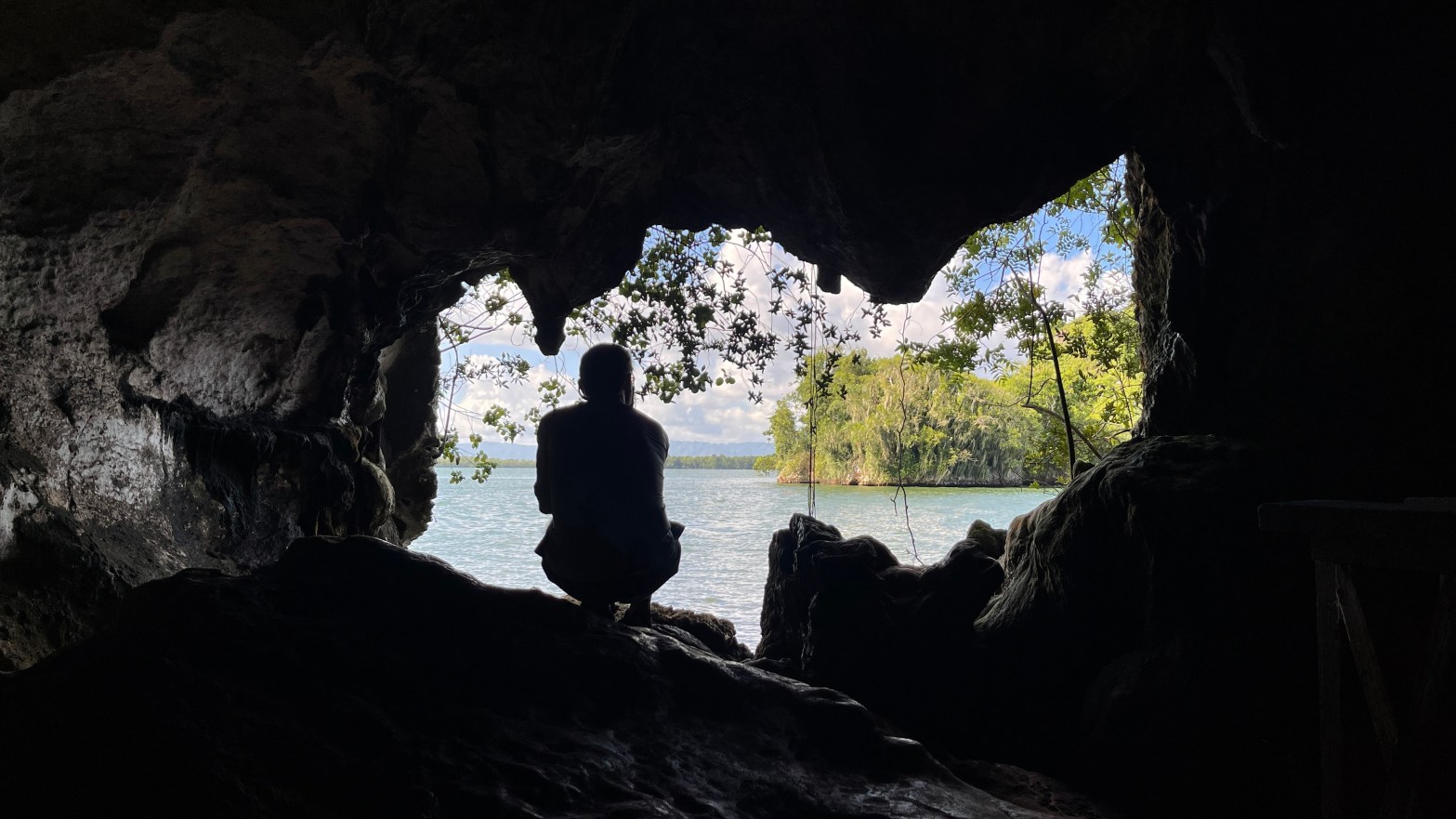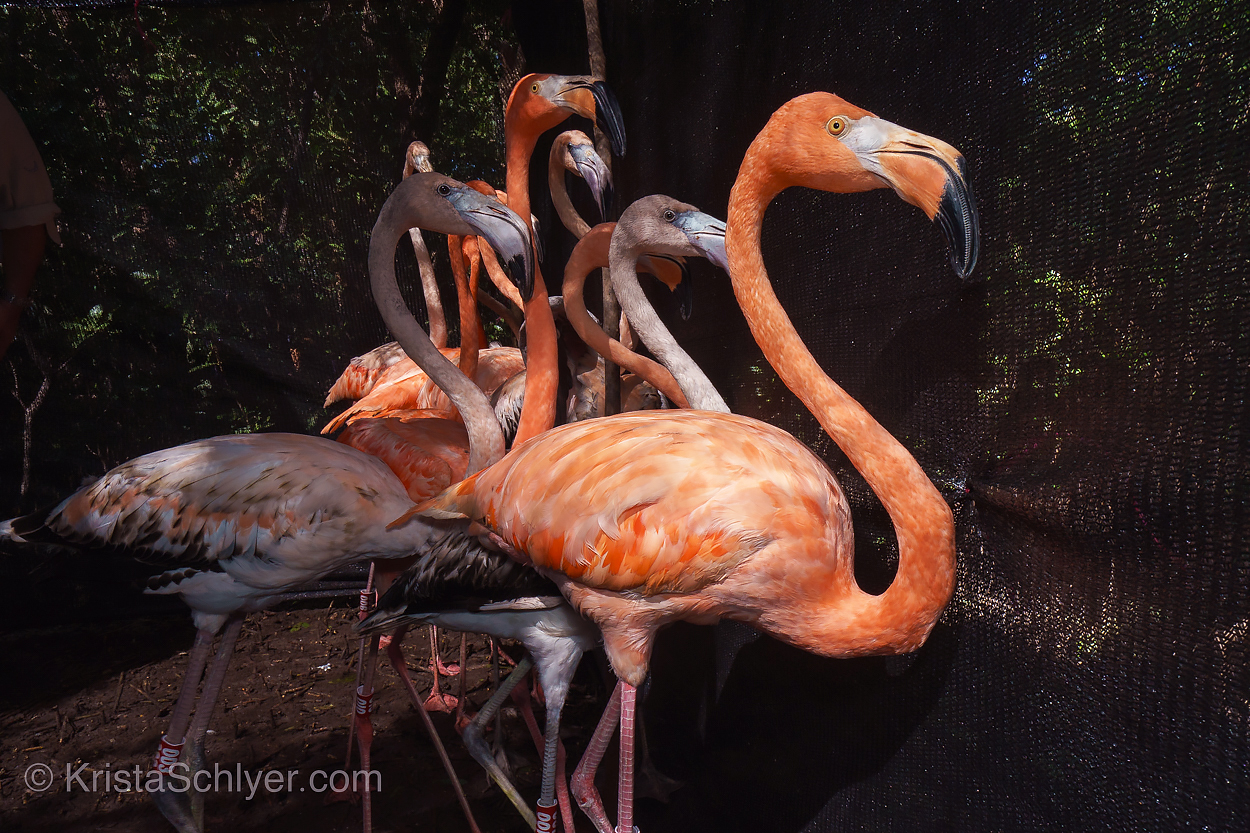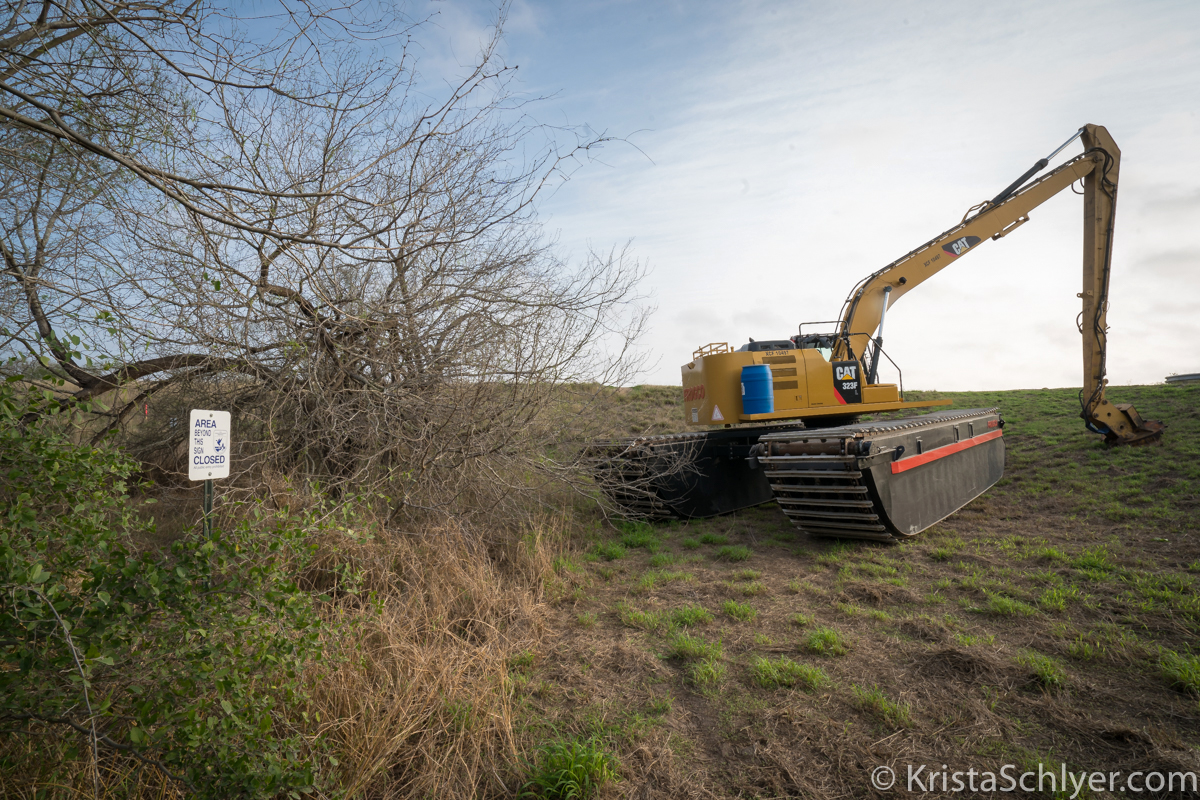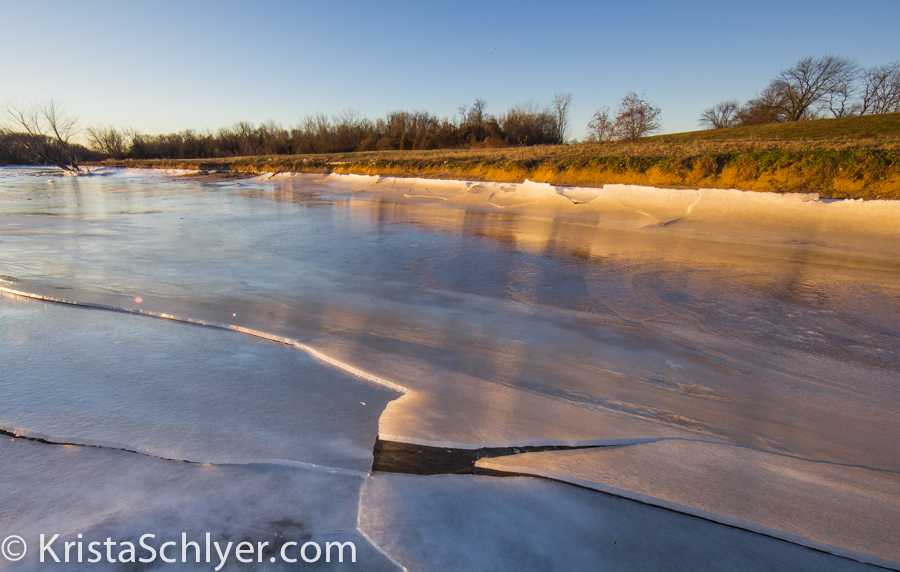Most people in the rural areas here don’t have air conditioning or televisions or even electricity necessarily, yet there is an energy and an air of contentment I have seen nowhere else in the world, certainly not in my own country. There are dark sides of course. There are always dark sides. To all of us and everywhere. And we have been here long enough to see some of those too. But what I take with me is laughter, generosity, self reliance, wildness, commitment, beauty, and for me a deeply inquisitive drive to better understand the nature of contentment. The world turns on this ethereal phenomenon. The Dominican Republic knows something important.
Tag Archives: international league of conservation photographers
A creature of flight
They were no longer wild creatures with their own endeavors toward life. They were curios and props for a culture of beings often too obsessed with being seen to see for themselves what is right in front of them. A wild bird mutilated. A creature of flight, flightless.
Autumn: 19N Latitude
4:00 am is a time for nostalgia. I have been seeing some photos lately of dear friends in sweaters with leaves changing in the trees above their smiling faces. The fall, my favorite season at 38 degrees north latitude, has come home to Maryland, USA, and I am not there. And where I am the meaning of the word autumn is quite different, if it has any meaning at all.
Thieves in the Night
Had the Atlantic trade winds been westerly, we would be living in a very different world. These relentless winds blowing ever from the east facilitated the conquest and colonization of the Western Hemisphere; they made and unmade kings. And they make beggars of all those who try to oppose them.
At Home With the Gods of the Chesapeake
We made it. After 15 years of planning, 7 years of working on the boat, 2 months of pandemic lockdown, we are finally moving aboard Maggie May. Bill and I have spent the past few days carting carloads of stuff from our home basement and our friend Dave’s home, (where we were staying for theContinue reading “At Home With the Gods of the Chesapeake”
La Parida: Where the Wild Things Were
Wednesday morning at dawn a solitary pied-billed grebe paddled through a misty oxbow lake called La Parida Banco in the Lower Rio Grande Valley National Wildlife Refuge. La Parida translates from Spanish as: one who has just given birth, perhaps the most apt description I’ve ever heard for a wildlife refuge. I contemplated this meaningContinue reading “La Parida: Where the Wild Things Were”
Border Wall Construction Begins, again
This year marks the 30th anniversary of the fall of the Berlin Wall. I can still hear Americans cheering when Ronald Regan demanded “Mr. Gorbachev, tear down this wall!” Today is also the 10th anniversary of a much lesser known historical event — the Borderlands RAVE. It was an expedition I organized with the InternationalContinue reading “Border Wall Construction Begins, again”
The Deprivation Moon
The following text is excerpted from River of Redemption: Almanac of Life on the Anacostia, published in November 2018 by Texas A&M University Press. At icy dawn, the city remains gentled in night’s deepest repose. Walking past slumbering bungalows and a shuttered gas station, through deserted streets, across empty railroad tracks and along the edgeContinue reading “The Deprivation Moon”




